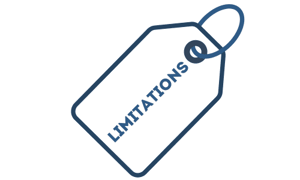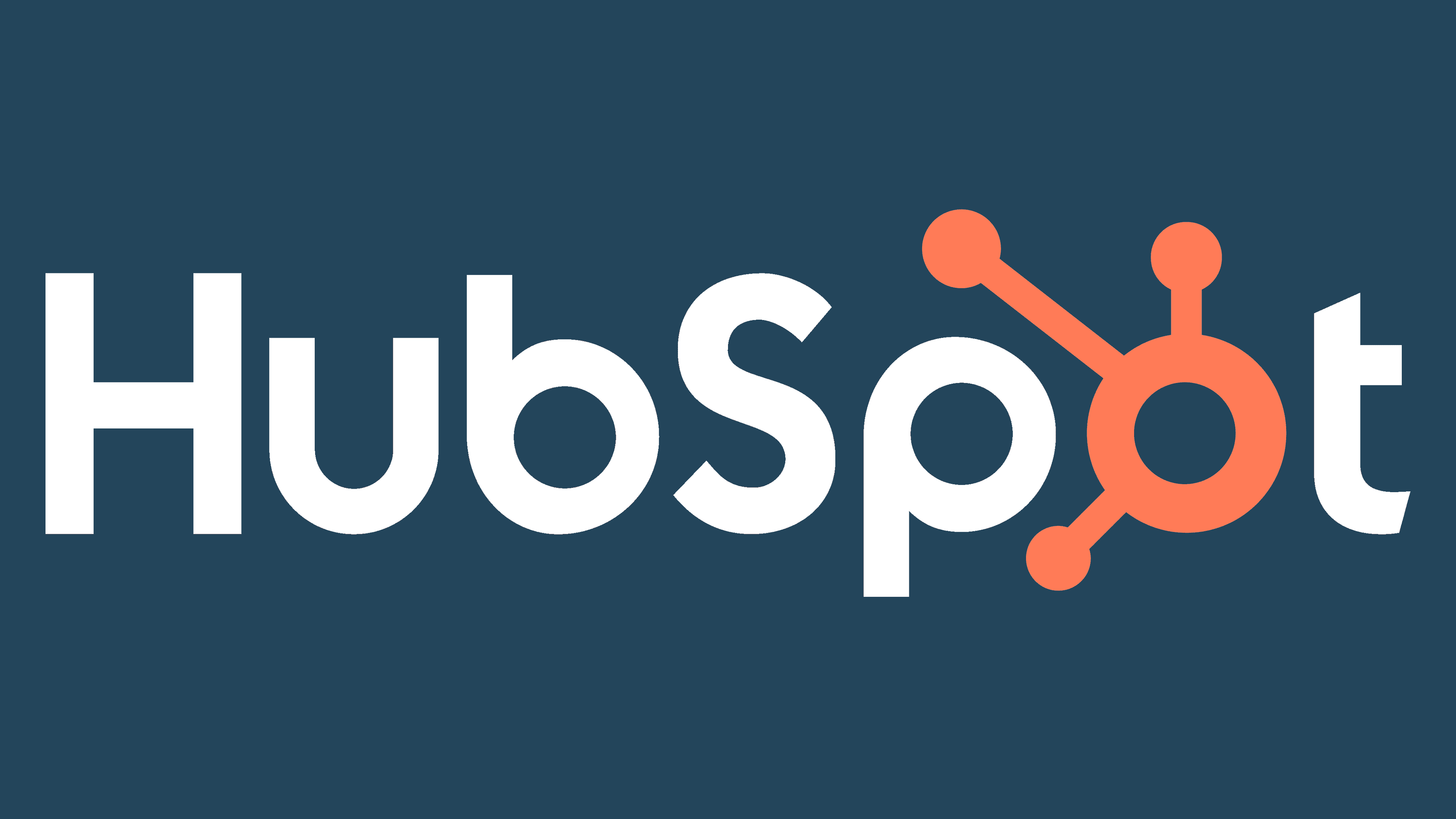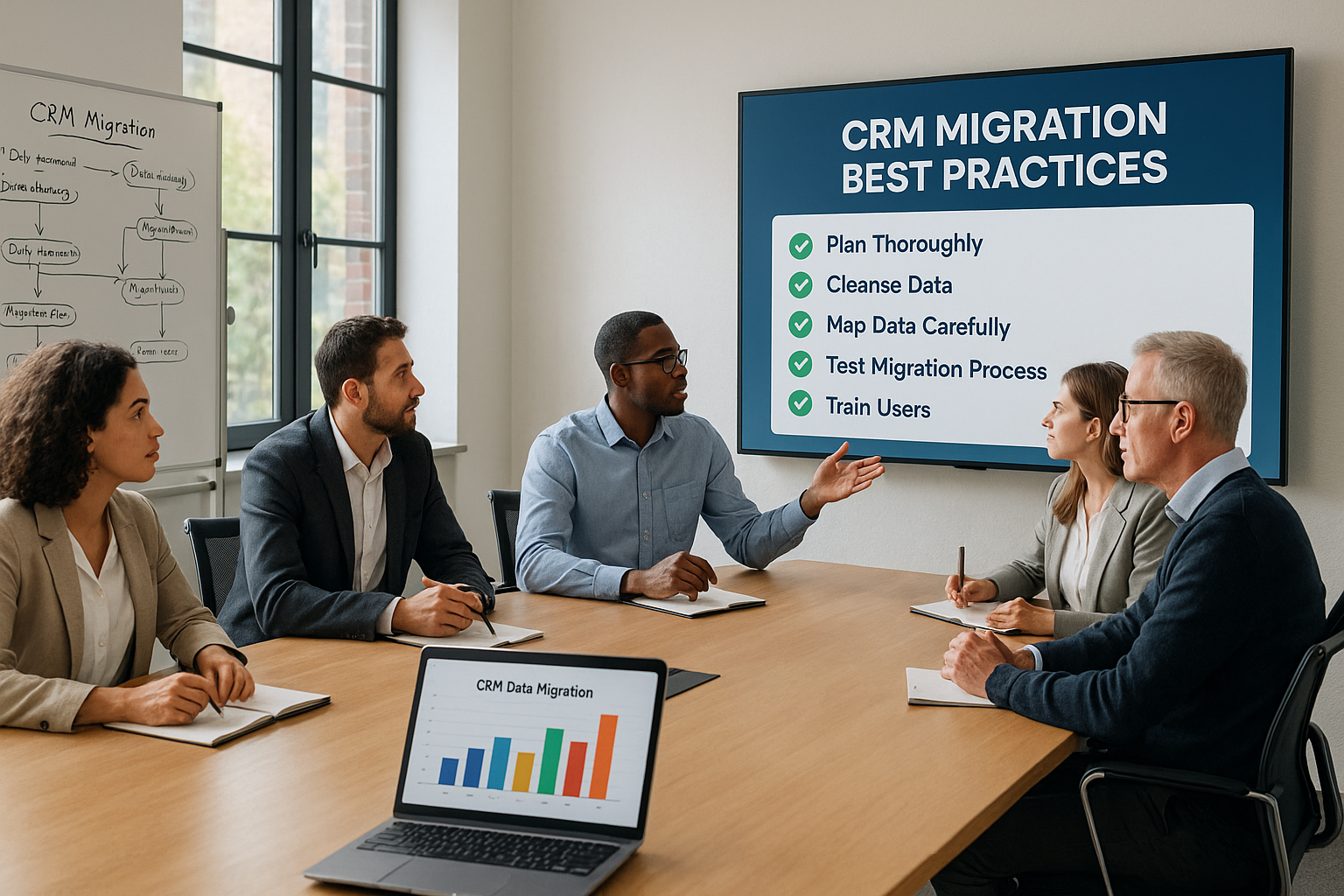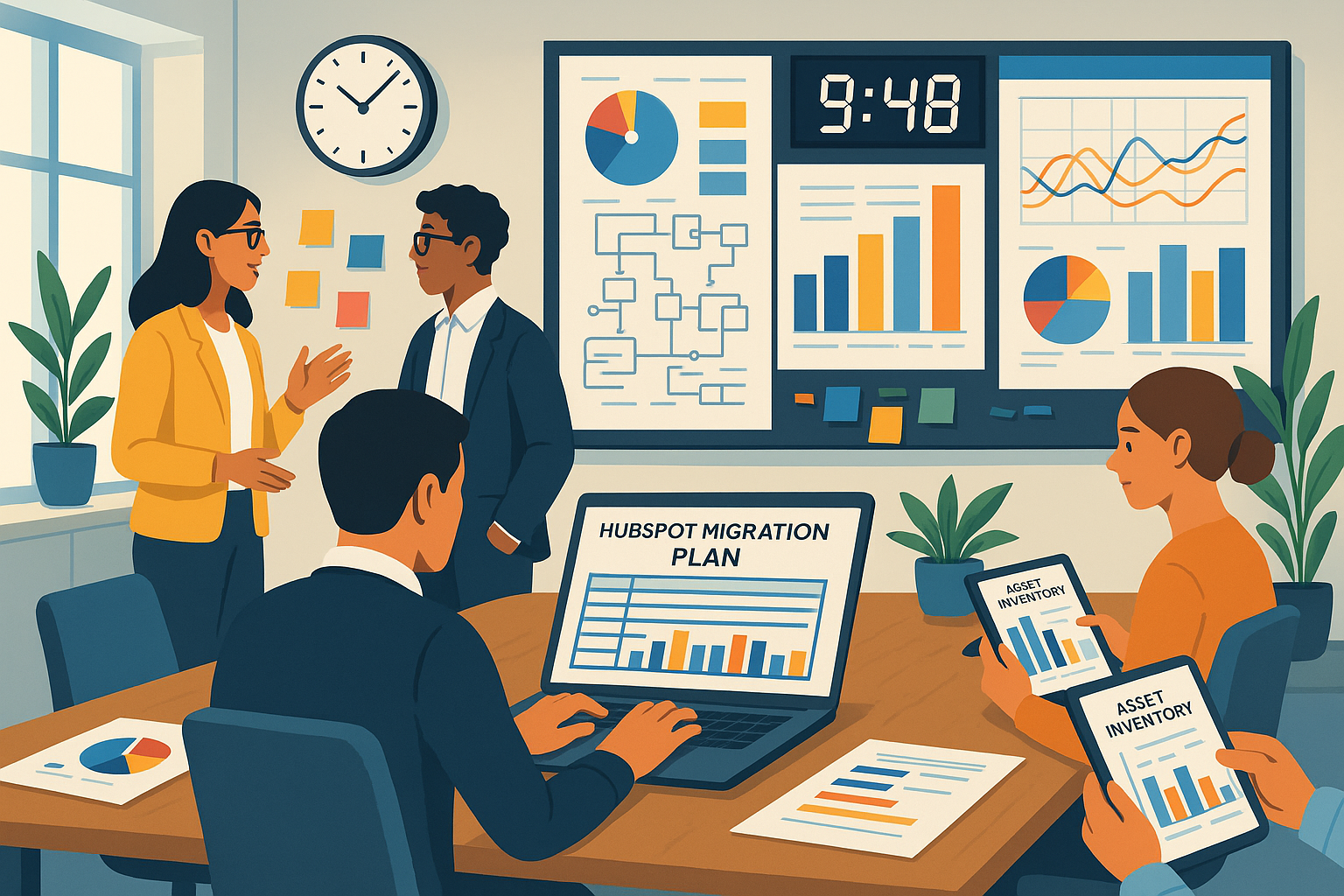This informative page was written by a human with vast experience and not AI.
To read more about our HubSpot portal consolidation solutions, head on over to syncmatters.com/hubspot-to-hubspot-portal-migration.
Use cases:
- HubSpot portals consolidation (2 to 1, 5 to 1, etc.)
- Segmenting one or several business unit(s)/pipeline(s) into a new HubSpot portal
- Merger/Acquisition between two HubSpot portals
- Bringing separate sales teams and their teams’ HubSpot portals into one
What is a HubSpot to HubSpot Migration?
The term "migration" may conjure up associations with something very expensive and cumbersome. However, there's no need to worry - the process of relocation is easily manageable and doesn't come with a hefty price tag. Let's explore the tools accessible for migration and determine the optimal solution.
So, what exactly entails a HubSpot to HubSpot migration? To put it simply, it involves the intricate transfer of data, settings, and linkages between different HubSpot platforms. This necessity may arise when upgrading to a new version of HubSpot for enhanced features, expanding your business, or merging with another company utilizing HubSpot. Whichever the scenario, a secure and meticulous data migration process is essential to uphold the software's functionality.
There are some factors to consider when migrating from one HubSpot portal to another, whether it’s moving to a brand new portal or a live production environment with users actively working from the target HubSpot portal. We want to cover some of the most common nuances and things to know/understand before picking the right partner to assist you in executing the migration. We’d really like to cover:
- Limitations
- What can migrate as data (automation)
- What can migrate as assets (re-creation)
- Data segmentation and Data merging (new portal vs merged portal)
- What will not work for the migration vs what will work

Limitations
We always prefer to start with limitations, and we like to understand right off the bat what we will lose if we choose to move into new HubSpot portals. The good news is that all your meetings, calls, tasks, notes, attachments, emails, products, etc. can migrate, and there is no issue there.
However, the only main limitation are fields within data objects that are called engagement analytics. These fields are HubSpot intelligence fields, or another way to understand them is they are “read-only fields”. What that means is no integrator can write to these fields in your target HubSpot portal. Examples of these fields are:
- Opens
- Clicks
- Views
- Last Website Visit
- Last Activity Update
There are a few more of these fields, but the essence of what they represent should be clear. The drawback is that these analytical fields in your new HubSpot portal will begin at "0". As a result, upon import, they will embark on a fresh journey of their own, progressing from zero rather than picking up from where they left off in the source portal.
If these fields hold significant importance for you, we can transfer them to a static custom field for historical reference. However, it's important to note that they may become outdated after 3-6 months as their engagement analytics begin anew. In our extensive experience with migrations, we've found that around 50% of our clients value these analytics. We strive to meet their needs while also providing guidance on what adds value versus what may not be as crucial in the long run.

Migration features
HubSpot to HubSpot Migration is a process that allows you to combine and synchronize data and functionality between different versions of the HubSpot platform. It can be useful in the following situations:
- Merge 2 HubSpot: In this case, HubSpot to HubSpot integration allows you to combine all sales and marketing information in one place. This makes information sharing and customer management faster and easier.
- Migrate data to another version of HubSpot: when you upgrade your feature set, you can transfer all your business information, settings, and connections to the new HubSpot portal without losing important data.
- Distribution of business processes: if a company works with several HubSpot portals, the integration will help to combine and synchronize data and operations between different departments or branches. Information exchange and a coordinated approach to customer management will be smooth and fast. This will keep the data in multiple HubSpot portals up-to-date.
The HubSpot consolidations also allow you to use the powerful features of HubSpot to automate processes, marketing, and customer management across different portals. It provides the following capabilities:
- Joint reports and analytics
- Joint templates
- Joint marketing campaigns
- Data synchronization

What HubSpot Data is Migrated?
What can migrate as data (automation)
So back to the good news, here are the list of objects and all native/custom fields from within these objects that can be transferred by our HubSpot CRM data migration tool and professional migration services:
- Contacts
- Companies
- Deals
- Tickets
- Notes
- Emails
- Attachments
- Products
- Line Items
- Calls
- Tasks
- Meetings
- Custom objects
Trujay offers low-cost packages to handle all the data objects and fields through a tride and true process for successful migration, which includes:
**Important to note. If you are considering Trujay against other tools on the market, be very clear to understand that “portal cloning tools” will not help you here. Very little HubSpot to HubSpot migrations need a portal to be cloned and then dump all the data in, as is. 90% of these use cases need data scrubbing, data segmentation, data merging (data is already live in the target portal), or data transformation (one object into another).
Also with mapping fields, there are so many changes that occur when starting fresh into a new portal. Fields are deleted, or re-purposed, or created. A portal cloning tool will not have this functionality or robustness, so always ask whomever you are looking to work with as these could be unforeseen hidden fees once you are already mid-project.
What can migrate as assets (re-creation)
Now that we’ve covered the data, let’s talk about assets that you might be curious about. What is an asset?
Workflows, custom reports, landing pages, CTAs, forms, lists, marketing emails, campaigns, etc. You can think of an assets as “anything with design elements to them.” Design does not automate perfectly with automation as there are personalization tokens and images and filters on top of filters. Therefore we can use the APIs for some of these assets but will not be perfect until they are finessed by a human with asset migration skills.
Luckily, we have a team who handles asset migrations and has it down to a quite speedy process along with some API assistance. Here is a list of potential assets that you might need to migrate and if you engage with us to scope out your project, we are going to look to acquire a count of how many assets are needed, to give us how much time it will take to execute:
| # of Assets | Time for Each | |
| Website Pages | 1.50 | |
| Landing Pages | 1.50 | |
| Blog Posts | 0.17 | |
| Forms | 0.17 | |
| CTAs | 0.05 | |
| Marketing Emails | 0.17 | |
| Campaigns | 0.08 | |
| Workflows | 0.25 | |
| Lists | 0.18 | |
| Sequences | 0.25 | |
| Reports - Standart | 0.17 | |
| Reports - Custom | 0.17 | |
| Templates - Free | 0.08 | |
| Templates - Paid | 0.00 | |
| Chatflows | 0.25 | |
| Social posts | 0.25 | |
| Snippets | 0.10 | |
| Sales Templates | 0.05 | |
| Knowledge Base | 0.75 | |
| Settings | 0.00 | |
| Files | 0.00 |
**Important to note, you DO NOT NEED all of your assets to migrate. Most likely and based off experience, you need an average of 20-40% of your assets to migrate. You have a lot of assets in drafts, unpublished or never used. Please have someone on your team and look for the assets that are “in use” and not unused ones to add to the calculator sheet above.

Data segmentation and Data merging (new portal vs merged portal)
Segmenting one HubSpot portal into a new portal:
If you are carving out:
- a business unit or several business units
- a pipeline or several pipelines
- a channel such as e-commerce or other stream of revenue to move into a new portal, than this next tidbit is for you.
When discussing this with us, please make sure you have ways for us to identify the criteria in which you need the data filtered. Business units are pretty simple as this is usually identified as a field on core object records.
However if it is a pipeline or deal type or set of companies/contacts, we will need to know clearly what these criteria are. Some examples are:
- Any deals that are within pipeline (x) along with all their related objects
- Any companies that are assigned to business unit (x) and all their related objects
- Any data past the date of (x) and all their related objects
- Any contact with custom field (x) is marked as (y)
Please provide these criteria to us so we can identify/segment and present what the carved data will look like to move (objects, records and fields). Once we have confirmation, we can begin mapping, testing and migrating.
HubSpot Consolidations (one to one, two to one, five to one, etc.):
If you are bringing one HubSpot portal into another live (production) HubSpot portal, than this next tidbit is for you.
Most likely, you will have overlapping data that needs to merge or overwrite or drop the record if there is a match (when two records meet). The desired logic for what you would like to happen is up to you to decide.
Our portal migrator has the functionality to accommodate your desired logic when two records meet (overwrite, drop or merge).
Overwrite is exactly what it sounds like. The source record if it meets a match in the target portal will overwrite the target record and all related objects will sync up with this target record while maintaining the related objects as they were in the target portal.
Drop basically means the source record that matches the target record will not overwrite and the target record will win on every field. All related objects will still sync onto the target record but none of the data from the source record will remain and just simply “drop”.
Merge or something we call “set empty fields” is most commonly used. This means any field properties, where there are values will remain and not get overwritten on the target record. Any fields from the source, once mapped and where they are empty on the target record, will supplement the target record and truly Merge 2 HubSpot into one.
**Important to note. If you are going to attempt to use HubSpot’s native import tool or some other integration tool ie Zapier, etc. This desired logic will not be available to you to choose from. If you migrate contacts into HubSpot where there are overlapping contacts in the target, there will be no choice given on what record will win and will randomly choose one, which could result in a lot of data loss. Please consider this carefully before choosing a partner to assist with.
What will not work for the migration vs what will work
Alright, so what will work vs what will not work. If you’re looking for a migration partner or a migration tool, you will need to make sure that the tool has the robustness to be able to accommodate your desired logic. Once you get into the project you will have desired outcomes as a fresh start in a new portal or a production portal, will want either a scrubbed, segmented, merged, or even transformed dataset.
You are migrating historical and necessary data and not cloning HubSpot portals - this is a different use case altogether. We recommend using a tool with the built in features to accommodate the many use cases.
- Integration tools are too costly and serve a different purpose
- Portal cloning tools only do 25% of the work, not the desired outcome
- Files migration through native import will not accommodate desired logic and take a lot of human hours/effort
Conclusion
We hope that this material has been informative and useful for you to consider when discussing with a partner to assist in your use case. Trujay has seen this use case countless times and we are always happy to answer any direct questions that you may have.
If you’d ever like to chat on this topic or discuss one on one, you can always book a meeting with our specialist here:






